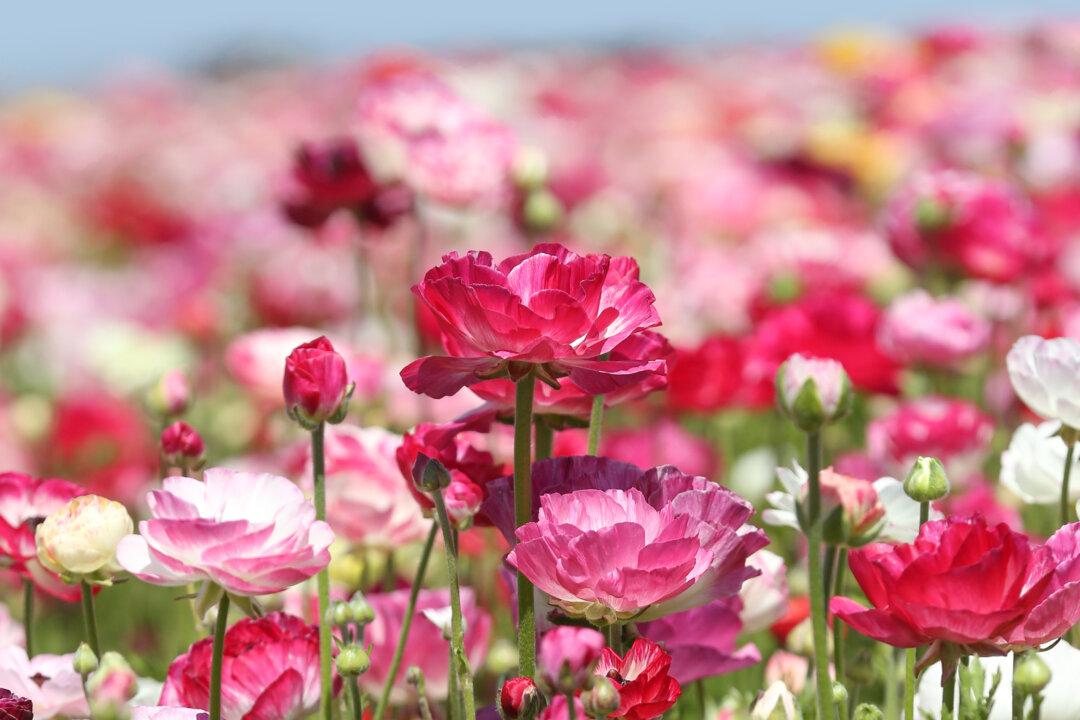The tender, transient beauty of flowers sends bloom chasers every year into a kind of floral-driven bliss—not to mention, Instagram-fever, judging from all the #cherryblossom and #superbloom hashtags.
Flowers have inspired poets and artists throughout the ages. A passage in Shakespeare’s “King John” finds nothing to improve upon their form or fragrance:






